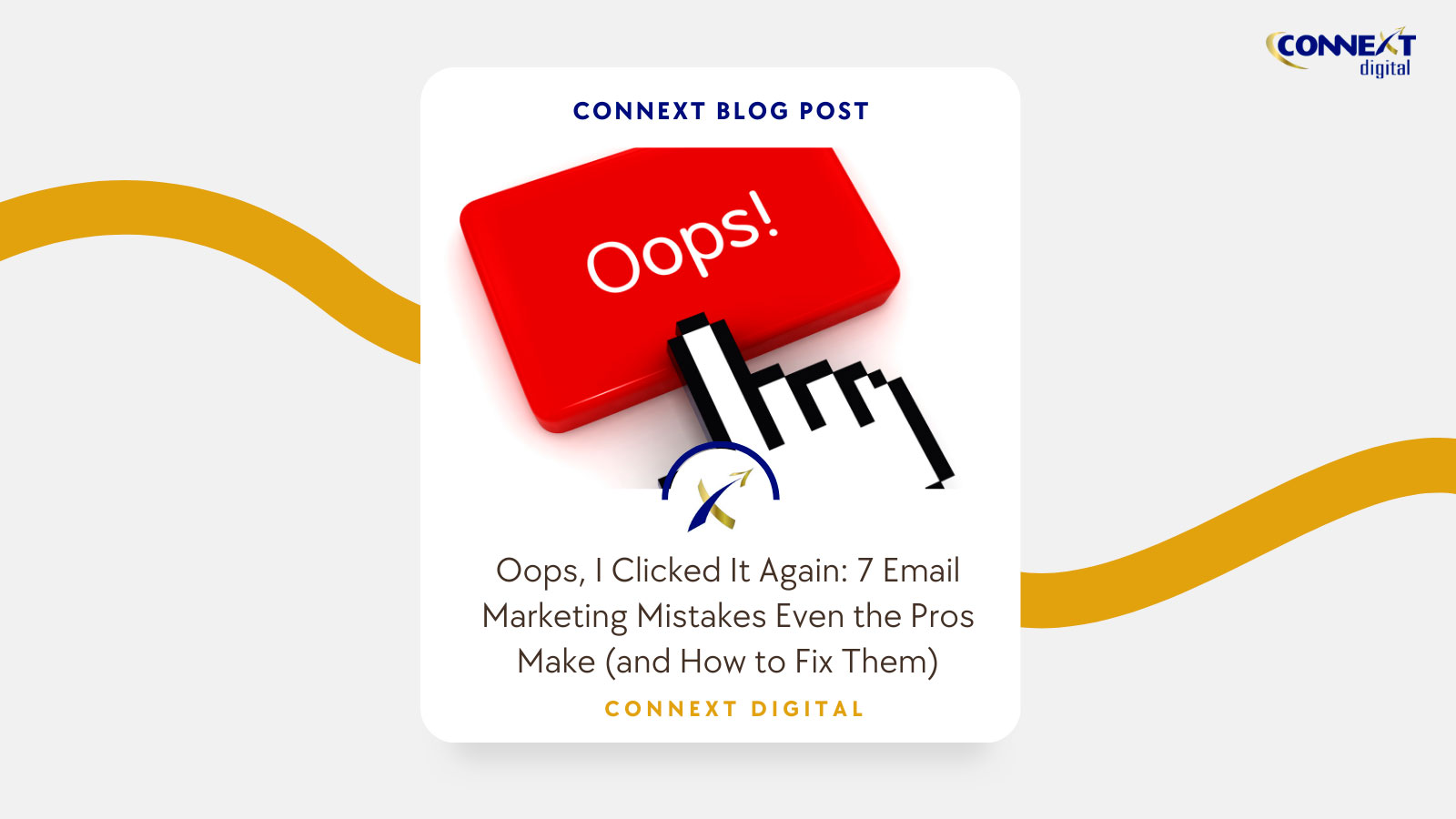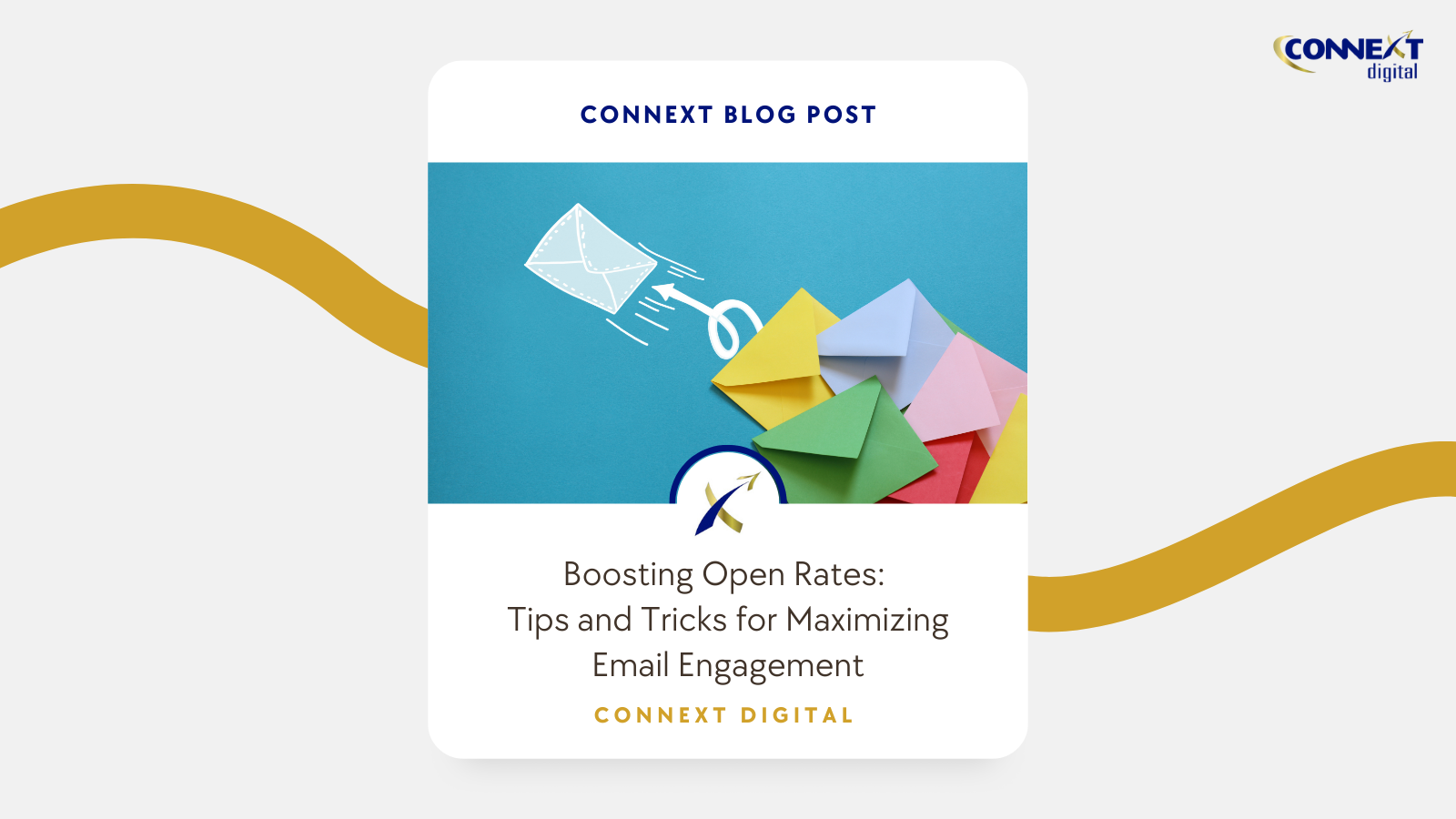
Email Marketing Metrics That Matter in 2022
Email marketing continues to be one of the most cost-effective ways to reach consumers and increase sales. For every $1 of their marketing budget spent on email marketing, businesses can expect to generate $42 in ROI.1 In fact, email marketing is 40 times more effective at acquiring new customers than Facebook or Twitter.2 Email marketing metrics are essential to determine how well your campaigns are performing and where improvements are needed. Like all aspects of email marketing, these metrics change over time. The biggest change this year comes from the introduction of Apple’s Mail Privacy Policy. Tracking the percentage of subscribers who open an email has been one of the easiest and most popular metrics up until now. However, this new privacy protection feature disables open-tracking when users opt in. As a result, open rates are no longer a reliable metric. Fortunately, there are many other metrics available. Here are the top metrics that every business needs to measure in 2022 to ensure the success of their email marketing campaigns.

CLICK-THROUGH RATE (CTR)
An important measurement of engagement, the click-through rate tells you how many recipients clicked on the links (or buttons) included in your email. Measuring CTR: Divide the number of links your recipients clicked on by the number of emails sent and multiply by 100. The average CTR is 2-5%.3 Improving CTR: Button-style calls-to-action (CTAs) are eye-catching and can increase the CTR by 28% over a link-style CTA.4 Create email content that’s interesting and relevant and leads into the CTA so recipients want to learn more. Choose a bright, contrasting color to call attention to the CTA. Use short, actionable copy and include a sense of urgency when possible (“now,” “today only,” “only five spots left”). Use A/B testing to see how different types of CTAs perform.
CONVERSION RATE (CR)
The conversion rate (CR) goes one step further than the CTR to show the percentage of recipients who completed a desired action after they clicked on the link or CTA in the email. Depending on your goals, it can mean making a purchase, signing up for a newsletter or another activity.
Measuring CR: Divide the number of conversions by the number of emails sent and multiply by 100. While the average conversion rate is 1.5%,5 this number varies greatly by industry.
Improving CR: Many of the suggestions above for improving CTAs apply equally to conversions. In addition, using segmented email lists can help a lot by ensuring you provide personalized offers that match the needs of your recipients. Segmented campaigns can result in an impressive 760% increase in revenue.6 When a purchase is your conversion goal, A/B testing with CTAs for different offers can provide valuable insights which products and savings interest customers.
BOUNCE RATE
The bounce rate shows how many of your intended recipients didn’t receive your email whether due to the wrong address, spam complaints or another issue.
Measuring Bounce Rate: Divide the number of bounced emails by the number of emails sent and multiply by 100. The industry standard bounce rate is 2%7 with anything higher a cause for concern.
Reducing Bounces: The best way to reduce the bounce rate is by regularly updating and cleaning your email lists to remove any bounces, unsubscribes or inactive email addresses. When building lists, consider requiring double opt-ins where subscribers are emailed a link to confirm their email address and subscription. You should also make sure your emails are following best practices for avoiding spam as outlined in our previous blog, Keeping Your Marketing Emails From Going to Spam .
FORWARD/SHARE RATE
Another metric that highlights the level of engagement generated by emails, the forward/share rate shows the percentage of recipients who forwarded your email or clicked on a button within your email to share its content on social media.
Measuring Forward/Share Rate: Divide the number of forwards/shares by the number of emails delivered to your email list. The average rate for this metric is 0.02%.8
Increasing Forward/Shares: Forwards/shares are a great way to boost word-of-mouth marketing by turning your subscribers into brand advocates. Providing intriguing, fun “shareable” content and offers and enhanced personalization are key to improving forward/share rates. Personalization allows you to provide offers, information and recommendations that are relevant to the recipient and which he/she in turn may want to share with family, co-workers or friends. For more information about personalization, check out our blog on Improving Your Email Marketing With Personalization .
UNSUBSCRIBE RATE
The unsubscribe rate lets you know how many recipients have opted out of your email list.
Measuring Unsubscribe Rate: Divide the number of unsubscribes by the number of emails delivered to your subscribers and multiply by 100. The average unsubscribe rate is 0.1%.9
Reducing Unsubscribes: Unsubscribes are normal and should not be considered a cause for alarm since they can help fine-tune your email lists to target only interested recipients. However, a high number of unsubscribes does suggest that your email content is seen as unengaging or irrelevant to many subscribers. Email list segmentation and personalization will both go a long way in helping to ensure you provide content that matches the needs and lifestyles of your recipients.
LIST GROWTH RATE
List growth rate tracks the rate at which your email subscriber list is – hopefully – growing. The more you expand your subscriber list, the larger the audience with which you can engage and promote your brand.
Measuring List Growth Rate: Subtract the number of unsubscribes from the number of new subscribers, divide by the total number of subscribers on your list and multiply by 100. While there is no industry standard, the goal is to grow your list continuously with as many engaged and loyal subscribers as possible.
Growing Email Lists: Growing your email list needs to be an ongoing effort. Whenever customers make a purchase, include ways for them to share their email address. Encourage website and social media visitors to provide their emails in exchange for free content and create engaging content that your subscribers will want to share. Hosting contests and giveaways where participants need to provide their email addresses are also effective. Remember to provide a way for unsubscribes to provide feedback; it can provide great insight into how to better connect with customers in your emails.
RETURN ON INVESTMENT (ROI)
Email return on investment measures the overall profitability of your email marketing campaigns.
Measuring ROI: Subtract the cost of your email marketing campaign from the sales it generated, then divide by the cost of your email campaign and multiply by 100. While many successful campaigns have seen ROIs of 4,200%, anything even close means your marketing dollars are going a long way.
Increasing ROI: Improving your ROI really depends on how successfully you meet the other metrics discussed above. Do your emails provide engaging content with clear and enticing CTAs? Are you taking advantage of personalization and list segmentation to send relevant emails? Are your following best practices and are your subscriber lists up-to-date?
Conclusion
Using key metrics to measure your email marketing campaigns is essential to determining what you’re doing right and what needs to be improved. From data hygiene and list growth to segmentation and personalization, Connext Digital can help you develop a complete marketing strategy and analyze the performance of your campaign. Contact us today to see how we can help you reach your email marketing goals for 2022.
1 https://www.oberlo.com/blog/email-marketing-statistics
2 https://www.campaignmonitor.com/resources/guides/email-marketing-new-rules/
3 https://www.campaignmonitor.com/resources/knowledge-base/what-are-the-average-click-and-read-rates-for-email-campaigns/
4 https://www.campaignmonitor.com/resources/guides/10-tips-improve-email-calls-action/
5 https://www.campaignmonitor.com/resources/knowledge-base/how-can-i-improve-my-email-conversion-rate/
6 https://www.campaignmonitor.com/resources/guides/guide-to-segmentation-for-the-evolving-marketer/
7 https://www.campaignmonitor.com/blog/email-marketing/making-sense-email-bounce-rates/
Jessica Rodriguez
Search for:
Subscribe to our Newsletter!
Most Popular Blog Posts





